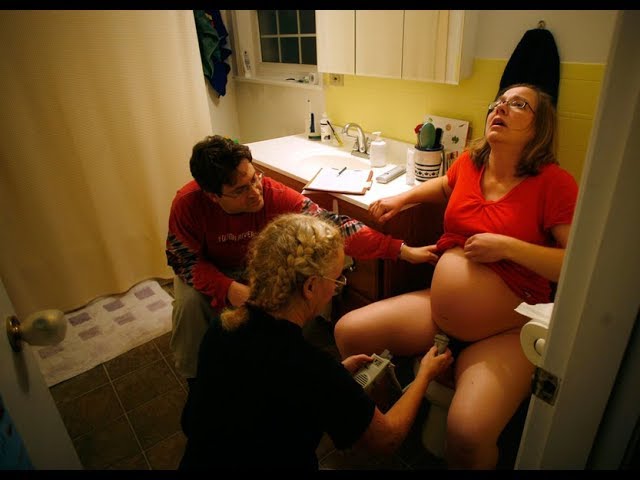Understanding the causes of labor pain will make it easier for you to cope. There are two basic factors for pain in childbirth: physical and emotional. Learn more about these factors and what you can do to lessen the experience of pain during labor. ◄SUBSCRIBE US ► —- https://www.youtube.com/user/ChildbirthClasses?sub_confirmation=1
Most of the physical pain in labor is caused by: Muscle cramps and straining Medical tests and procedures (pelvic exams, shots, IVs, catheterization, and so forth)
Position of the baby
Your muscles are hard at work during labor and you might experience strain and fatigue in your legs, arms, and back from the various positions and straining. Your uterine muscles make powerful contractions in order to dilate the cervix, and that causes cramping. To relieve these types of pain, try relaxation techniques — they'll go a long way in allowing nature to take its course, letting these muscles do the work they need to do. Also, don't forget to breathe! Breathing properly will help ensure that your muscles get the oxygen they need to work most efficiently.
Medical tests and interventions can be uncomfortable, too. But bear in mind that often this discomfort is only temporary. Ask your health-care provider to talk with you about some of the tests and procedures you might need. Express your opinion about what kinds of interventions you find acceptable. If you have a good rapport with your health-care provider, you'll have more peace of mind. You'll feel less stress and anxiety, and this can actually help minimize the perceived discomfort of tests and procedures.
There are certain painful situations — such as "back labor," a condition caused by the position of the fetus — that are difficult to control. However, even in back labor there are many things you can do to help relieve the pain. Try massage, movement, vocalization, breathing, hypnosis, and medications to cope with the pain. Also, the baby might be encouraged to change position by massage or by your changing position.
https://www.youtube.com/watch?v=Uvk08EfgECk

